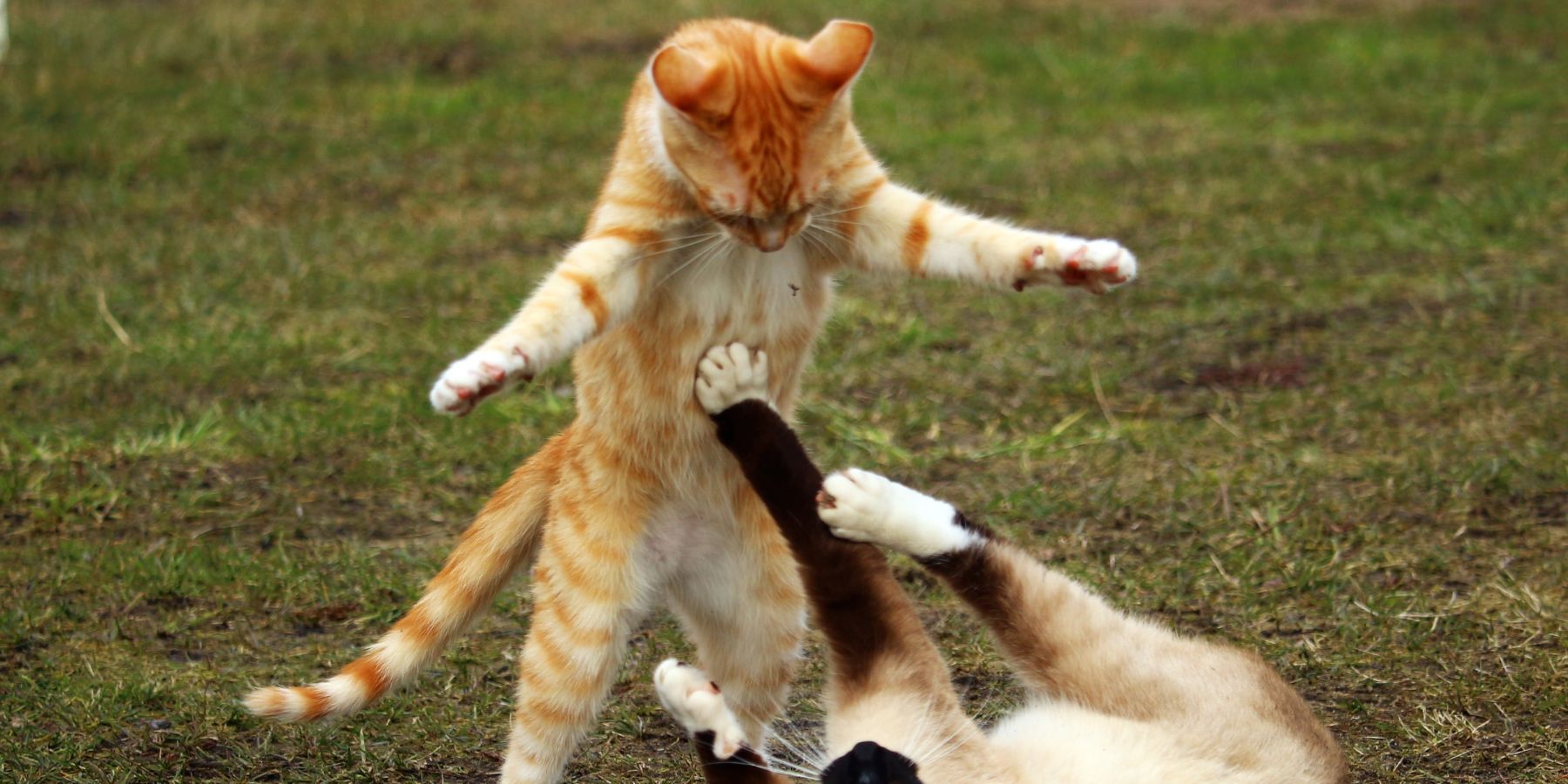When choosing a cat, one of the considerations that potential pet owners often ponder is the difference in behavior between male and female cats, particularly regarding aggression. There are common perceptions and myths about the aggressive tendencies of male cats compared to females, but how much truth is there to these beliefs? This article aims to delve into the aggression analysis between male and female cats, exploring the factors that contribute to their behavior.
The Difference Between Male and Female Cats
While each cat is unique, there are some general behavioral trends associated with male and female cats. Male cats, especially those that are not neutered, can display territorial behaviors, which might include more aggressive posturing, especially around other male cats. They may also be more prone to spraying as a way of marking their territory.
Female cats, on the other hand, can show aggression related to protective instincts, especially if they have kittens. They might also display territoriality but often in a less overt manner than males. During estrus (when a female cat is in heat), they might become more irritable or agitated, which can sometimes be mistaken for aggression.
Analyzing Aggression in Male Cats
Hormonal Influence
In unneutered males, hormones play a significant role in aggressive behavior. This type of aggression is often territorial or related to mating behaviors. Neutering can significantly reduce these aggressive tendencies, making male cats calmer and less prone to territorial disputes.
Socialization and Environment
The environment and socialization a cat experiences, especially during the early stages of life, can influence their behavior. Male cats who are well-socialized and raised in a nurturing environment are less likely to develop aggressive behaviors.
Female Cats and Aggression
Protective Aggression
Female cats may exhibit protective aggression, especially when they have kittens. This instinctual behavior is geared towards protecting their offspring from perceived threats.
Behavioral Changes During Estrus
During the estrus cycle, female cats may exhibit behavioral changes, including increased vocalization and restlessness. While not directly aggressive, these behaviors can sometimes be interpreted as such.
Factors Influencing Aggression in Cats
Personality and Individual Traits
Like humans, cats have individual personalities. Some cats are naturally more laid-back, while others might be more reactive or sensitive to their environment, leading to aggressive behaviors.
Health Issues
Sometimes, aggression in cats can be a sign of underlying health issues. Pain, discomfort, or illnesses like hyperthyroidism can cause a cat to act out aggressively.
How to Manage and Reduce Aggression
Neutering and Spaying
Neutering male cats and spaying females can reduce hormonal influences on aggression. It’s one of the most effective ways to manage aggressive behaviors in cats.
Environmental Enrichment
Providing a stimulating environment with toys, scratching posts, and climbing structures can help cats expend energy and reduce aggression.
Consistent and Positive Interactions
Regular, positive interactions with humans and other pets can foster a more sociable and less aggressive temperament in cats.
In conclusion, while there are some general trends in behavior between male and female cats, aggression is influenced by a variety of factors, including hormones, environment, socialization, and individual personality. Understanding these factors and providing appropriate care, including neutering or spaying, can help manage and reduce aggression in both male and female cats. Remember, each cat is unique, and their behavior can be shaped positively with patience, understanding, and proper care.


